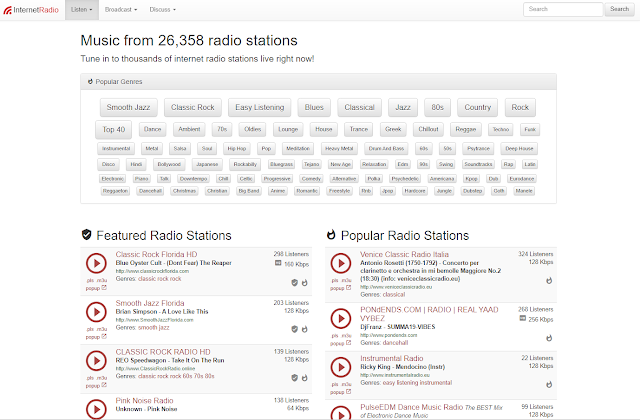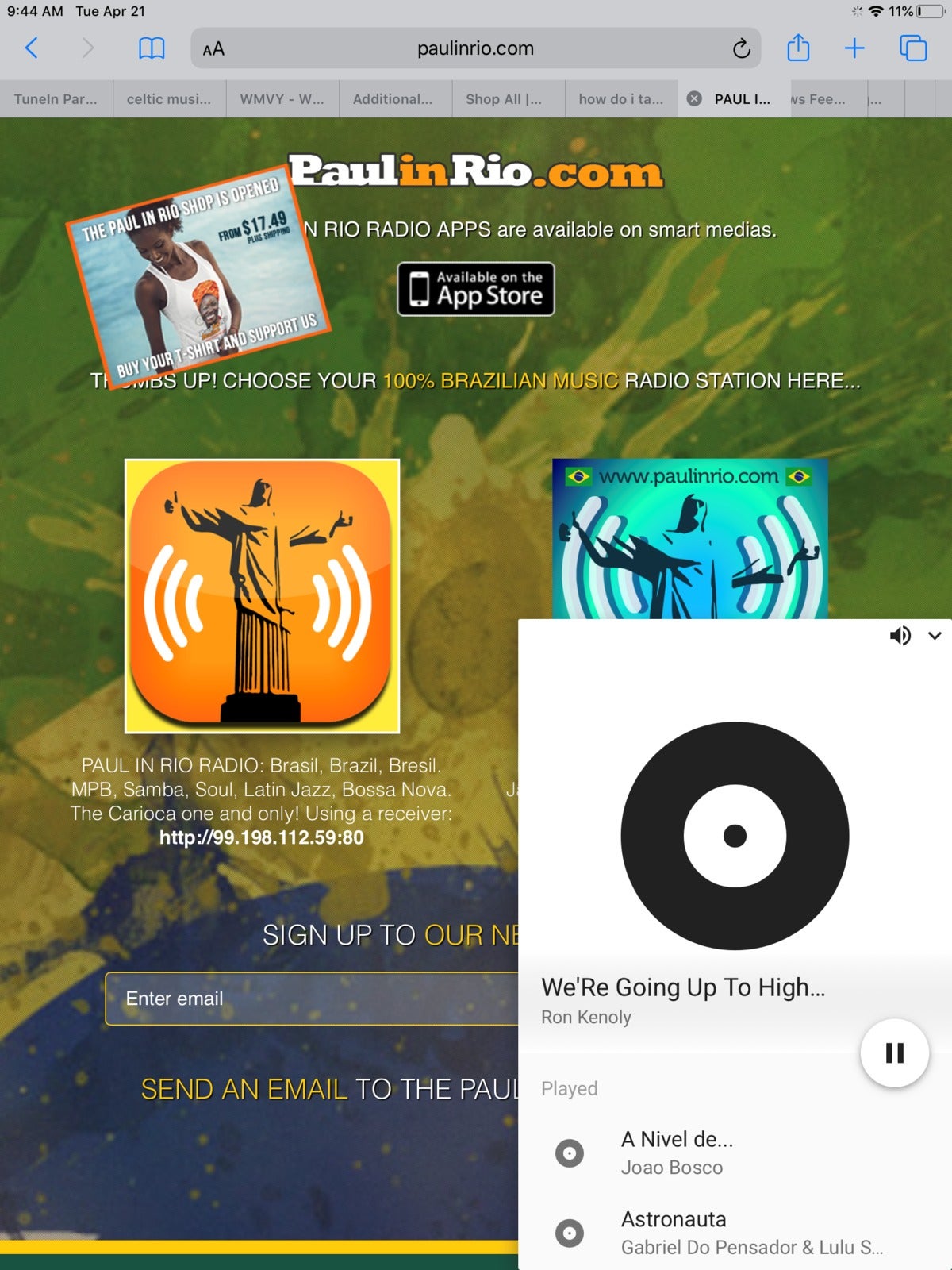Wanna hang on a hot Brazilian beach with a nouveau Girl from Ipanema? The internet radio station Paul in Rio can take you there. California Dreaming of a ride up Laurel Canyon with local legends singing in your ears? Dial into SomaFM’s Left Coast 70s. For those who had planned a London entertainment getaway before all hell broke loose, BBC 4 radio dramas can still shine a light on West End acting talents. And BBC Radio 6 is great for pulling out punchy rock club concerts from its archives. More into the Paris café scene? An atmospheric soundtrack of cool-school and Django-ing gypsy jazz is just a tap (and snifter of cognac) away on the city’s sublime TSF Jazz and FIPS autour du Jazz outlets.
Jonathan Takiff / IDG
Internet radio lets you hear musical styles from where they were born. PaulInRio.com streams from Rio de Janeiro, Brazil.
Even the most esoteric of musical (and informational) tastes—from Bollywood to Schlager—are served by the dozens on internet radio: Digital audio services you call up on any web-connected speaker, computer, or smartphone. Better still, most of these stations are free of commercials, thanks to government and listener funding, college backing, or private endowment by the creator.
The Great American Songbook station, based in the Netherlands, is a perfect example. Station fan Peter Skiera, general manager of internet radio maker Como Audio, touts this station as “a labor of love by a retired broadcaster [Rene Dussen] with a basement full of records and a small recording studio. To these ears, the station’s content rivals that of pay-radio SiriusXM’s Siriusly Sinatra channel, but as with all internet radio streams, both live and on-demand, the price of admission to The Great American Songbook is free.
How to tune in to internet radio
If you know a station’s call letters or name, it’s a snap to haul in a specific internet radio station on a computer or smart device—just type it in or speak to a smart speaker like an Amazon Echo, Google Home, or Apple HomePod.
For deep-sea fishing in the great unknown, though, it pays to go through a radio station aggregator: An online database of curated links to radio stations searchable by location, genre, popularity, and—sometimes—stream quality.
 Michael Brown / IDG
Michael Brown / IDGTuneIn Radio is the 800-pound gorilla of internet radio aggregators. You can use its service on the web or with an Android or iOS app, but an ad-free experience costs $9.99 per month.
First among many, and first in my heart, is TuneIn Radio, the 800-pound gorilla of internet radio station aggregators. TuneIn Radio comes pre-installed or is loadable on more than 200 connected devices, including smart speakers from the likes of Sonos and Bose, smart TVs, streaming media players (e.g., Roku and Amazon Fire TV), smartphones, tablets, gaming consoles (Xbox and PlayStation), and personal computers.
With a global database of more than 100,000 stations in 197 countries and 22 languages, plus 5.7 million podcasts and on-demand show offerings, TuneIn comes closest to world radio completeness (and domination). Senior director of marketing Ana Guillen tells me it is now attracting 75 million listeners a month and has witnessed an especially strong 53-percent uptick in news content listenership as the COVID-19 pandemic has escalated.
The most notable gap in TuneIn’s channel library are the 853 commercial stations in 153 U.S. markets owned by iHeartMedia (formerly Clear Channel Communications). To access those, you need to tap into the iHeartRadio app and portal, likewise accessible for free on internet radios, smartphones, tablets, computers, and similar connected devices. Aiming to become a one-stop destination (and sell more advertising), iHeartRadio also serves up mass appeal playlists and personalized music stations (a la Pandora); has distribution deals with commercial radio chains in Canada, Australia, and New Zealand; and also links listeners to some non-aligned stations. But the service doesn’t have nearly the global reach or stylistic diversity of TuneIn or other hard-striving
streaming radio promoters.
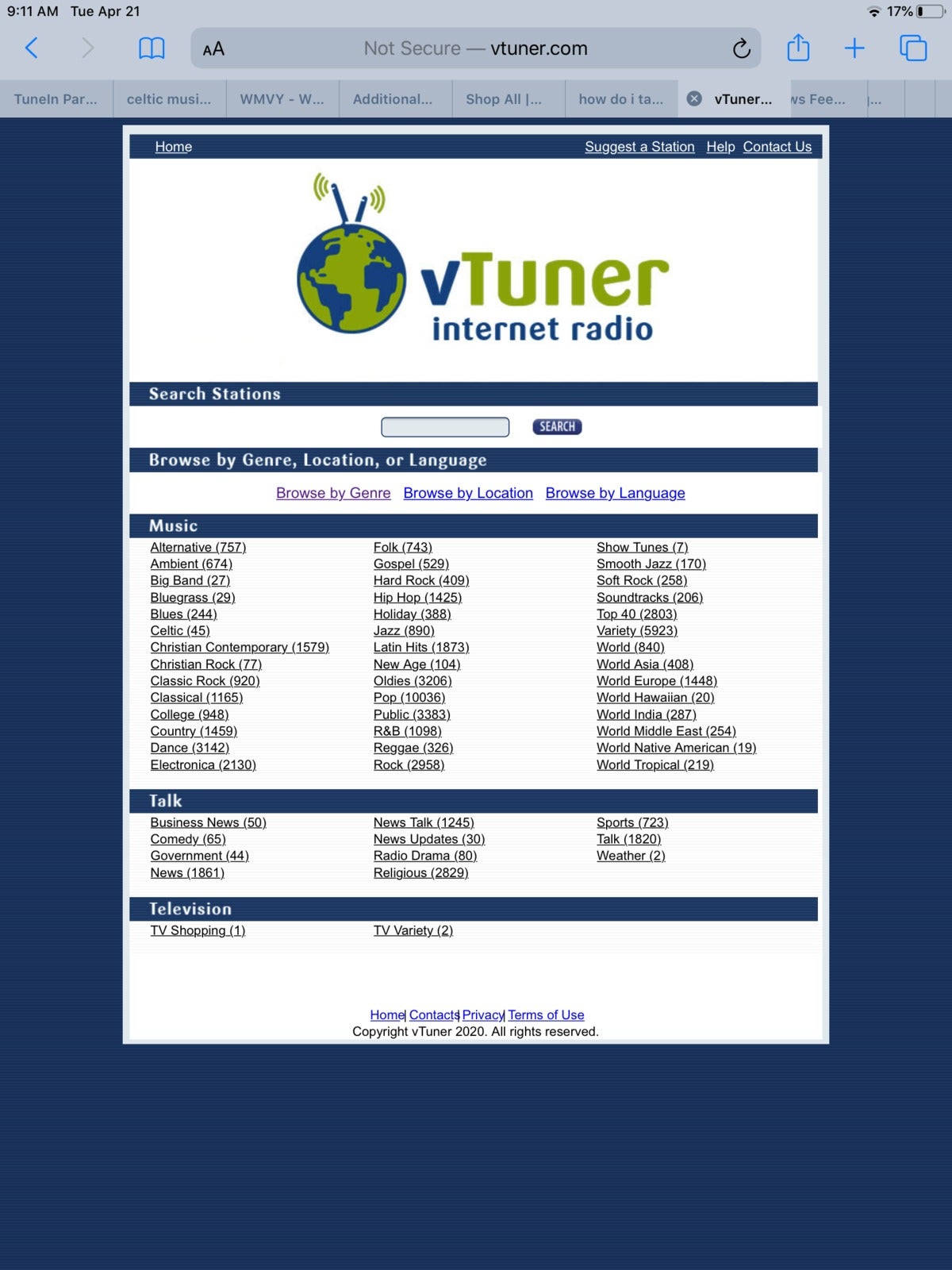 Jonathan Takiff / iDG
Jonathan Takiff / iDGVTuner’s stripped-down but content rich app lets you dig for gold by genre, location, language, fastest speed, lowest speed and popularity.
Veteran internet radio aggregator VTuner does have a database that rivals TuneIn. About 30 staffers toil in the Philippines to keep its inventory of station formats, URLs, and streaming codecs up to date. Literally hundreds of world stations presenting in a particular category are accessible with a single tap on VTuner’s barebones, but functional website. I also appreciate that this app lets a user search through its inventory by the sonic quality of signal (more on that momentarily). The VTuner platform powers several lines of smart speakers and A/V receivers, though in recent years it has lost significant market share to Airable, a rival based in Germany.
Want to be led by the hand to “the most popular” local stations in a music, information or sports radio category? The on-screen guide for MediaU (also based in Germany) offers user-friendly graphics and a sophisticated batch of Euro-centric picks. What’s #1 on their Country station roundup? Prague-based Country Radio, featuring Czech-language singing cowboys. Hearing is believing.
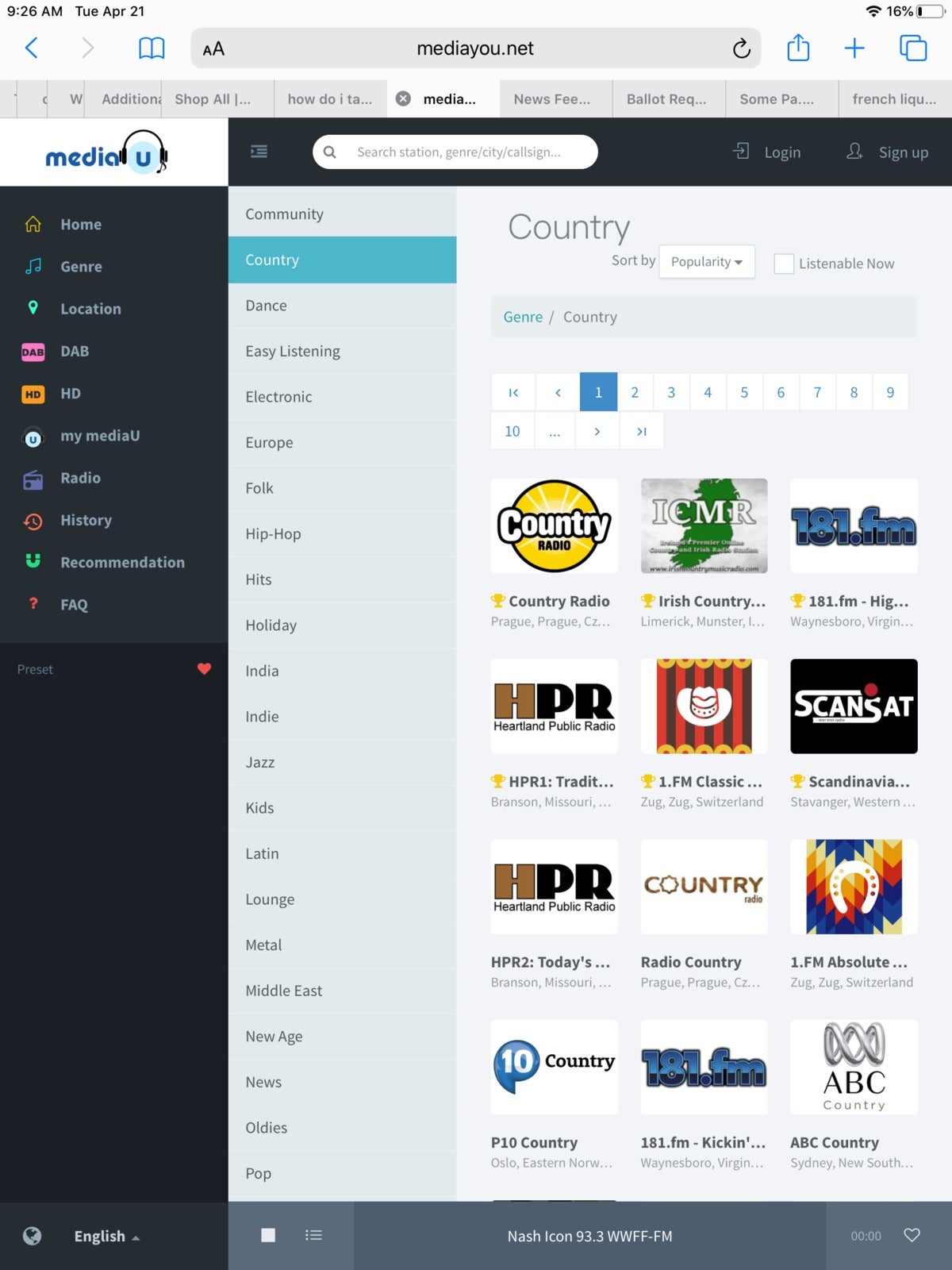 Jonathan Takiff / IDG
Jonathan Takiff / IDGThe station rankings on MediaU.net show that country music isn’t just an American phenomenon.
I’ve also had good luck fishing in the waters of Radio.net. And I found some interesting, net-only stations on Internet-radio.com, although the entries on its “Featured” list suggest paid-for positioning. The top picks there are Classic Rock Florida HD, Smooth Jazz Florida, and Modern Jukebox Radio.
Radio.Garden is the most playful and eccentric aggregator of all. This highly engaging, super-fast search tool can be easily planted on a smartphone or tablet via an iOS or Android app. (But the site was characterized as “not secure” and needing third-party software intercession before I could load it on my iMac.) Open this thing up on a screen and you’re presented an animated map of the world. Tap a location dot and up pops selected picks from the immediate area and nation.
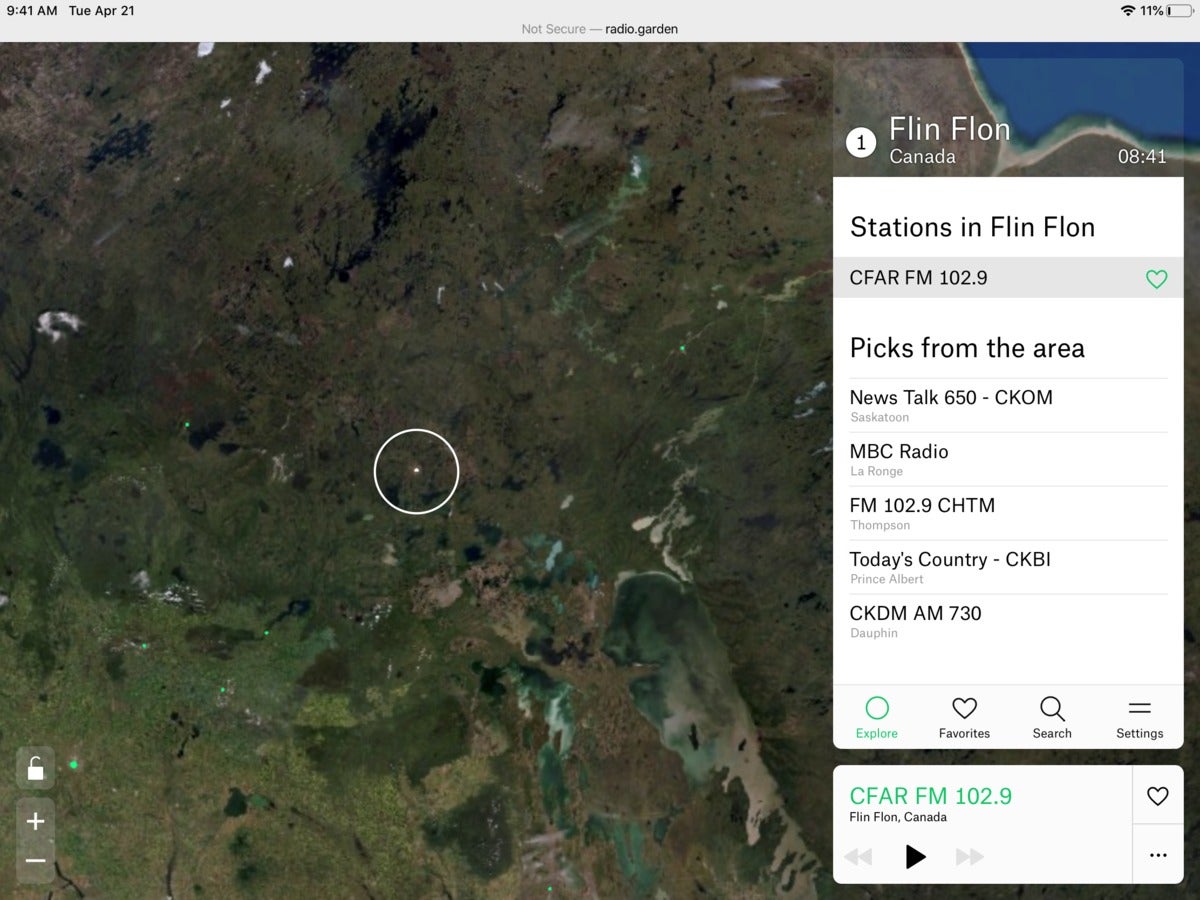 Jonathan Takiff / IDG
Jonathan Takiff / IDGRadio.Garden lets you choose from internet radio stations based on their geographic location by clicking dots on a global satellite-photo map.
Now tap Search and the gardener provides immediate access to radio outlets by country, city or call letters, plus bouquets of “Our Favorite Stations,” playfully categorized as Independent Stations, Energetic Rhythms (electronic, dance), Time Travel (content from decades gone by), Weird Frequencies (like Theatre Organ Radio and Birdsong Radio), and Ends of the Earth (self-explanatory). As I write, I’m listening to a very trippy electronica outlet from Bristol, UK: Noods Radio. The eerie, otherworldly strains make me feel like I’m living in a very strange movie.
To my mind, true internet radio stations are independent, curated, and free; they’re not corporate, computerized, and costly. You might not hear a DJ’s voice or even see a meta-data screen tag identifying the artists and tracks on a station like KCRW-Eclectic24. (That’s where song-identifying services like Shazam come in handy.) And hours or even days of programming might be scheduled in advance on the studio’s servers.
 Como Audio
Como AudioComo Audio’s elegant Musica offers an excellent means of accessing the rich content available on internet radio.
But the quirkiness of the selections, the themes laid out in the segues indicate the presence of a human being, not an algorithm, making the aesthetic calls and structuring the playlist. And when necessary, the shows can be turned on a dime. A recent, hour-long afternoon “sweep” of rustic folk classics like Sam Stone and Illegal Smile playing on Eclectic24 was all the announcement I needed to know that John Prine had just died, and that someone at the station was mourning and paying tribute.
Internet radio sound quality
Internet radio used to get a deserved rap for sound quality “approaching AM quality.” No longer. The lossy digital compression schemes deployed in mid-1990s streaming audio players like RealAudio and Nullsoft were crude and extreme, with low bit rates chopping off each song’s head, tail, and feet to squeeze it through the modest data pipe available to private internet users at the time.
Even into the early 2000s, it was common to find “perceptual coded” MP3 streams running at rates as low as 16Kbps—buying into the psycho-acoustic theory that louder sounds obscure quieter ones, so why bother to shove all that “extra” data down the pipe? MP3 freaked the hell out of discerning musicians like Neil Young, who knew what was being lost in translation.
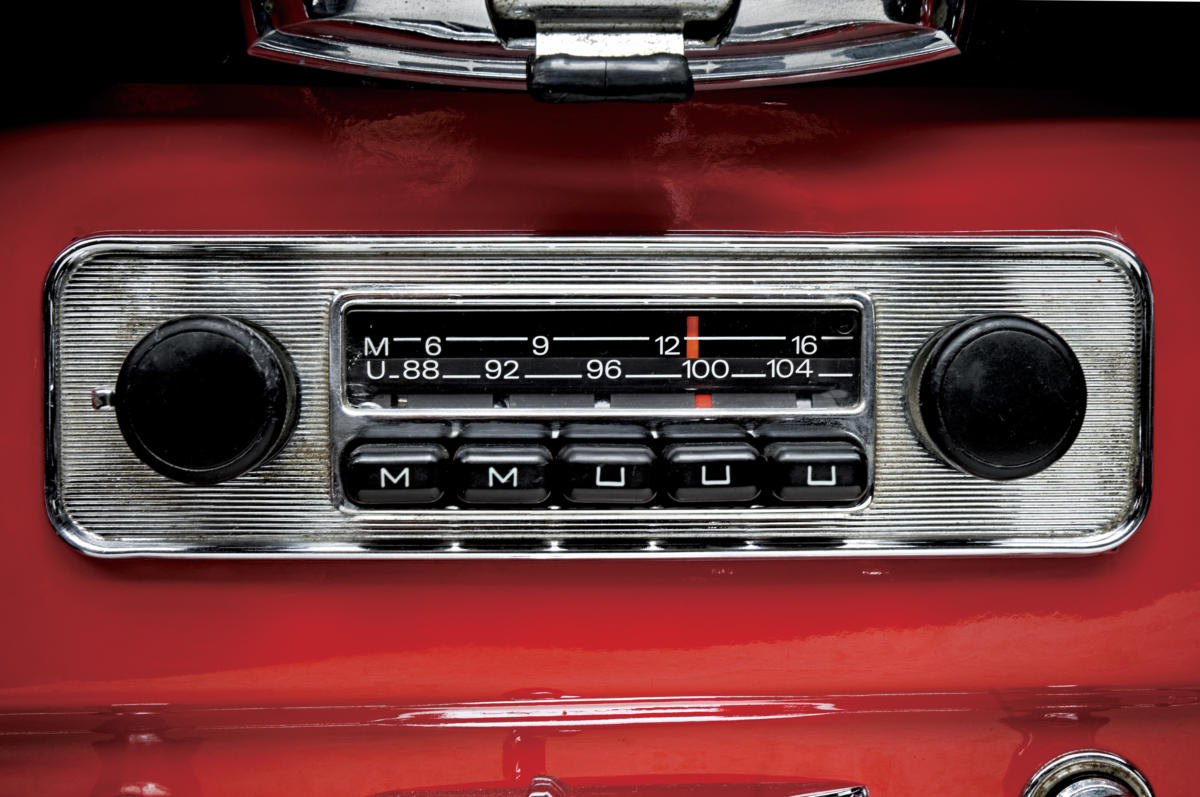 Thinkstock
ThinkstockIf this is what you picture when you hear “internet radio,” it’s been much too long since you listened to an internet radio station.
The story is different today, judging from VTuner’s posted transmission rates (information users can also call up on Como Audio radio displays). Even technically and financially strapped stations in third-world countries are serving up MP3 content encoded at 48-, 56-, and 64Kbps, or else working with the more efficient AAC codec at bit rates of 32- or 48Kbps, typically with a sampling rate of 44.1kHz. In more sophisticated web-radio operations, bit rates from 128- to 192-, and even 320Kbps are becoming increasingly common, with the latter characterized as “high resolution.”
“The only downside to streaming at 320Kbps,” Skiera says, “is that you might run out of network capacity on the home network when you have five connected speakers all playing at the high-resolution rate.”
Como Audio speakers (and some rival brands) also support the rarely used MPEG-DASH, ASF and podcast-securitizing HTTPS formats. Skiera says Como has no intention of integrating lossless codecs like FLAC and MQA into its radios. The latter is expensive to license and integrate, and I would argue that you won’t notice the higher quality on a compact speaker. Skiera tells me he “has not heard of any streaming radio stations migrating to those formats.”
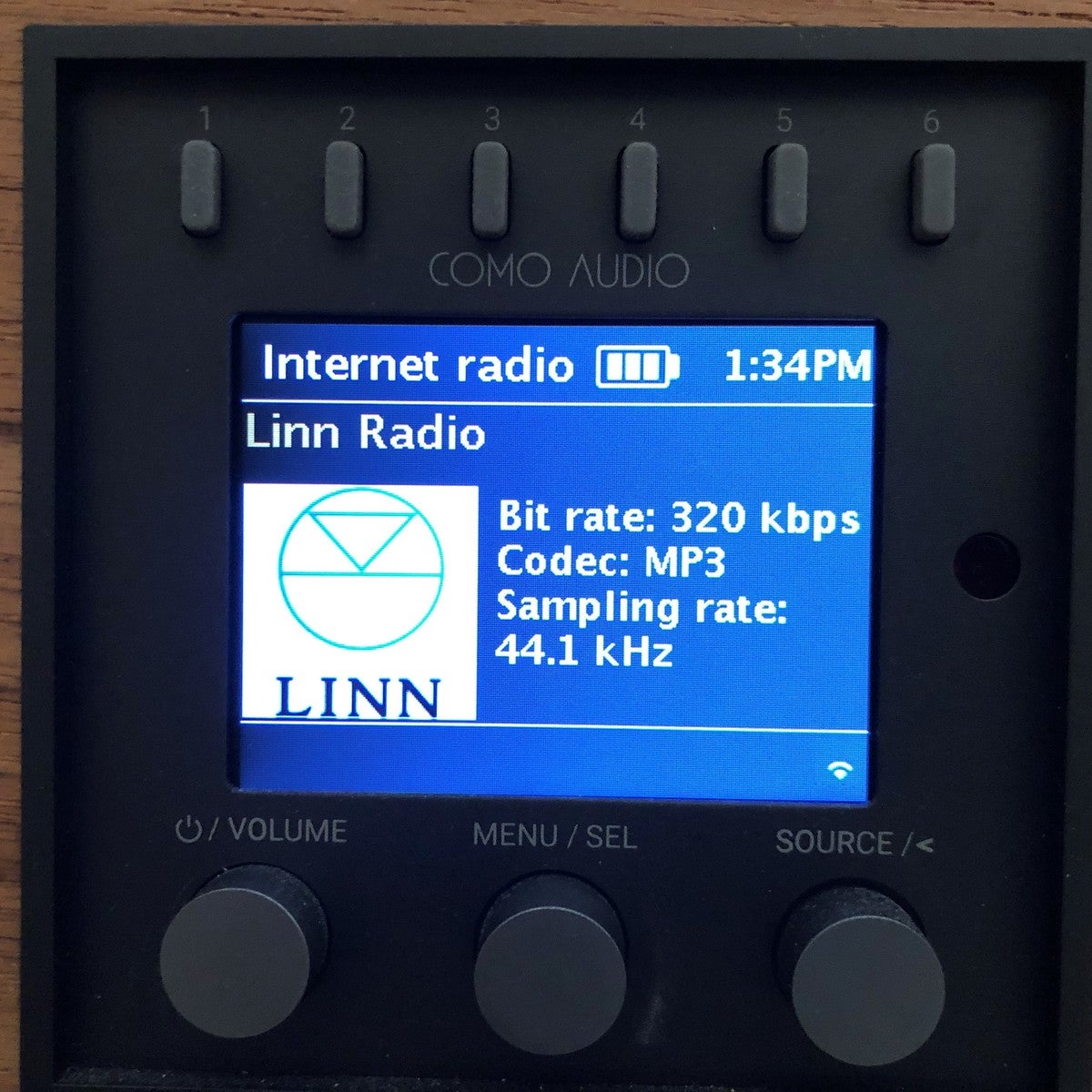 Jonathan Takiff / IDG
Jonathan Takiff / IDGA Como Audio internet radio screen display shows streaming at its best (Linn Radio).
A brief history of internet radio
Internet radio started out in the early 1990s as a hobbyist’s plaything, first cousin to “ham” shortwave radio. Then the Digital Millennium Copyright Act of 1998 imposed a burdensome royalty payment structure on any web-station with more than a couple hundred listeners. That buried a bunch of those basement startups. Today, only the stronger survive.
While late to the party, almost every local broadcast station on earth (commercial and non) now has a simulcasting online stream. A great equalizer, internet radio turns a low-power community station loose on the world with almost the same weight as a 50,000-watt big-city blaster. (While it has broadcast with as little as 580 watts—and is now up to 13K directional—the Martha’s Vineyard adult alternative station WMVY has consistently placed among the Top 20 most listened-to internet stations, worldwide. Not too shabby.)
Internet radio simulcasts are also a lifeline to listeners in dense urban locations, where broadcast FM signals are fraught with multipath distortion. In my hood, the online versions of favorite locals like non-commercial alternative WXPN and jazz/classical WRTI sound as pristine as a CD, while the FM broadcasts sputter on my speakers like a worn vinyl record.
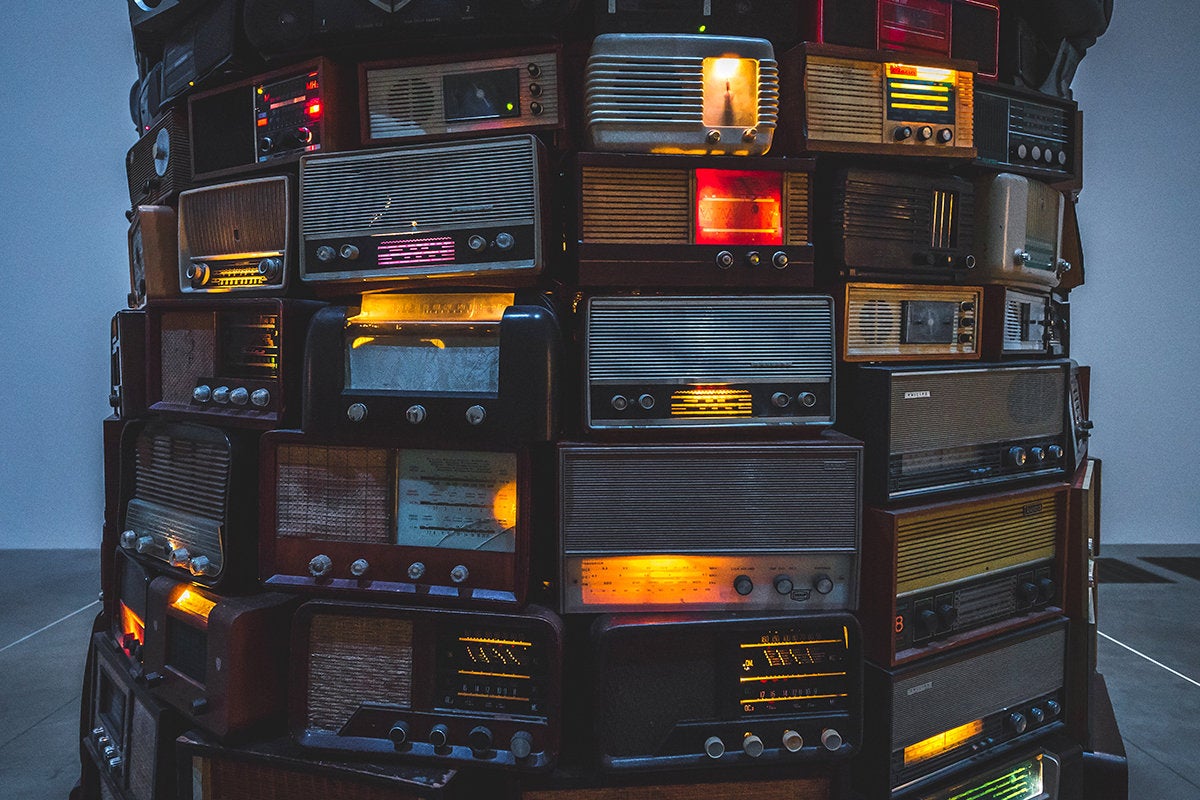 Ryan Stefan (CC0)
Ryan Stefan (CC0)The ability to import distant signals has also proven a welcome development for displaced citizens—especially relocated sports fans who still want to follow their favorite teams with a distant web tune-in. Ditto with displaced foreigners who crave to hear their native tongue.
I happily connect with government-supported, ad-free stations in locations like Britain, Germany, and Denmark, because those outlets’ format choices are often far more liberated than you’d typically find on public stations in the U.S.. Yeah, Afro-pop, Reggae, Prog-rock, R&B, and Hip-Hop are in the public interest, too!
Pandora, Spotify et al are not internet radio
Some folks lump on-demand music services like Pandora and Spotify in their “best of internet radio” roundups. Yes, those services stream on the internet and are accessible on the same computers, phones, set-top boxes, and smart speakers. But to ex-radio broadcasters like Como Audio’s Skiera and myself (being a former programmer/presenter of FM free-form shows on WMMR and WYSP in Philadelphia), it’s anathema to slot a “music genome”-powered Pandora or an on-demand library like Spotify in the internet radio category. While those services do offer New Music Playlists and radio-format-like caches of music labeled “Alternative,” “Dance/Electronic,” “R&B,” “Soul/Funk,” and so on, services like those are can be more accurately described as online jukeboxes.
Satellite radio broadcaster SiriusXM’s channel lineup is likewise available in the U.S. (and expanded) on many streaming home devices, computers, and smartphones through an internet radio-styled portal. But even without the core car play, they aren’t giving it away. Depending on lineup size and bonus features, the 200-to-300 channel “at home” package will set you back $8 to $13 a month.
I hope I’ve piqued your interest in internet radio. In next week’s installment, I’ll show you how to find the kinds of music you like most, and I’ll share more of my personal picks—the stations I keep going back to.
Honorable Mention: https://www.internet-radio.com/
